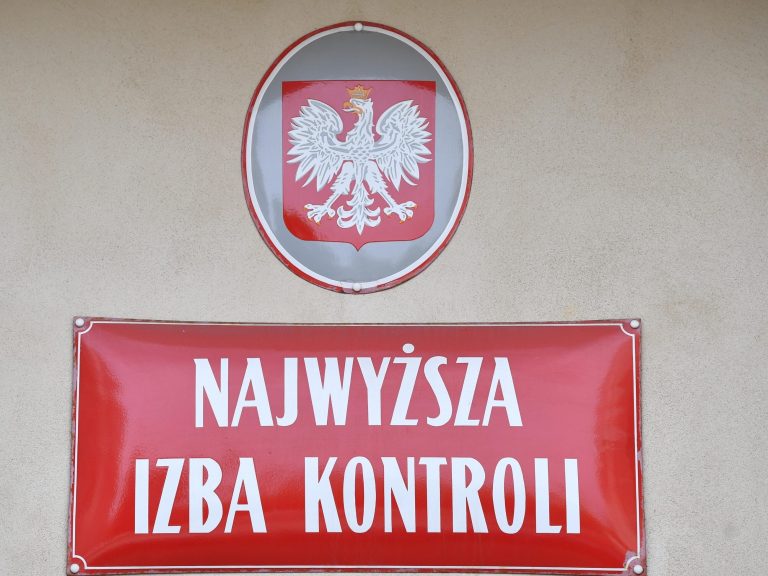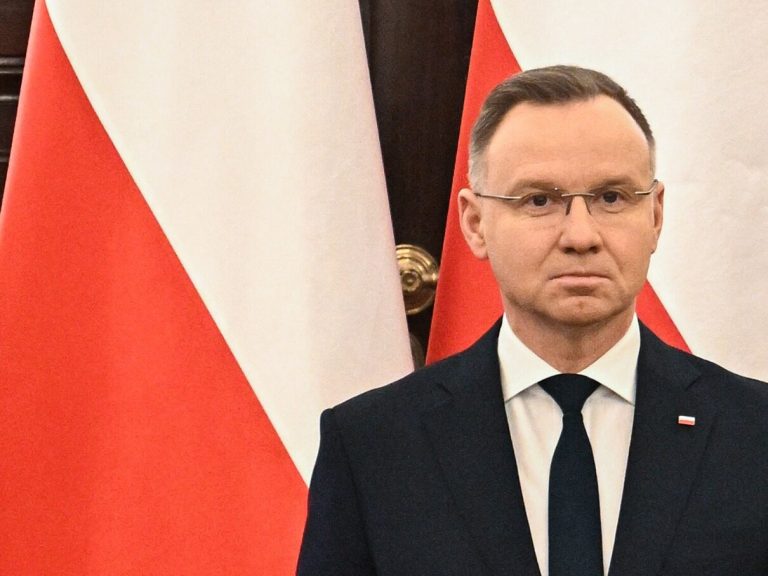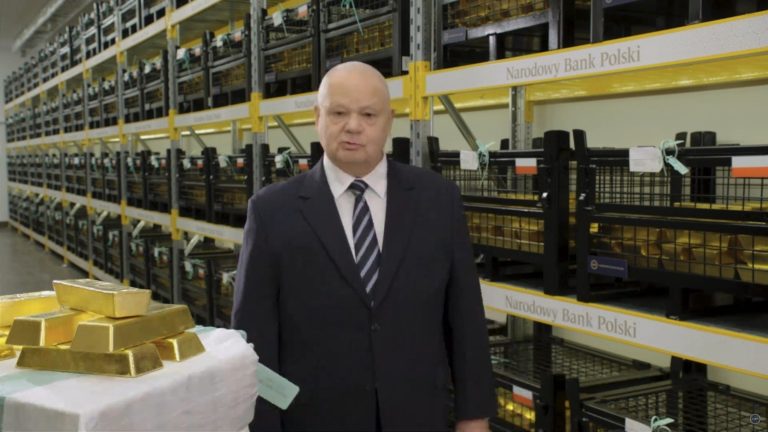The beginning of the month is marked by interest rates

Investors are again waiting for data from the United States. Currently, the most important information will be the FOMC’s decision on the level of interest rates in the US.
Yesterday’s macro calendar was poor. From the USA, we only received the regional Dallas Fed index for industry, which performed very poorly. Wall Street indices recorded a successful session, and the technological Nasdaq Composite boasted a result of +1.1%. US bond yields fell.
The dollar gained in the first part of the day, but lost in the second part. The EUR/USD rate briefly exceeded 1.08 and then rebounded to 1.0840. The market is waiting for tomorrow’s FOMC meeting. Today, attention will be focused on the JOLTS report, which will provide information on labor demand and employee turnover – here expectations indicate another cooling.
FOMC and interest rates in the US
Many G10 central banks have their first meeting of the year scheduled for this week. Tomorrow’s FOMC meeting is certainly the most important of them. After Fed Chairman Jerome Powell’s dovish comments at the press conference after the last meeting, market participants will probably be looking for more precise information on the timing of the first interest rate cut.
Today, Americans will release real estate market data and the Conference Board index, but the focus will actually be on labor market data, specifically the JOLTS (Job Openings and Labor Turnover Survey) report. In addition to falling inflation, the Fed would like to see a significant cooling in the labor market, so any guidance before the meeting will be significantly interpreted and valued by the market. Today’s publication will give us information about labor demand and employee turnover.
JOLTS shows how many unfilled positions there are. Therefore, lower than forecast figures should strengthen speculations about faster rather than further rate cuts. The indicator is gradually decreasing after the maximum value was set at around 12 million at the beginning of 2022. Since then, there has been a clear downward trend, but values have not yet returned to pre-pandemic levels. The latest reading showed 8.79 million, and expectations point to a slight drop to 8.75 million.
Exchange rates
Yesterday, the exchange rate of the main currency pair managed to break down the lower limit of short-term consolidation and temporarily showed a level below 1.08. The downward trend, which begins at the end of December 2023, apparently is not over yet. From a technical point of view, yesterday’s declines opened the way towards the next ceiling of 1.0740-1.0730 – these are the minimums from the beginning of December and the maximums from the first days of November. The euro is still weak after Lagarde’s latest comments. If the US data are solid, the declines may continue.






